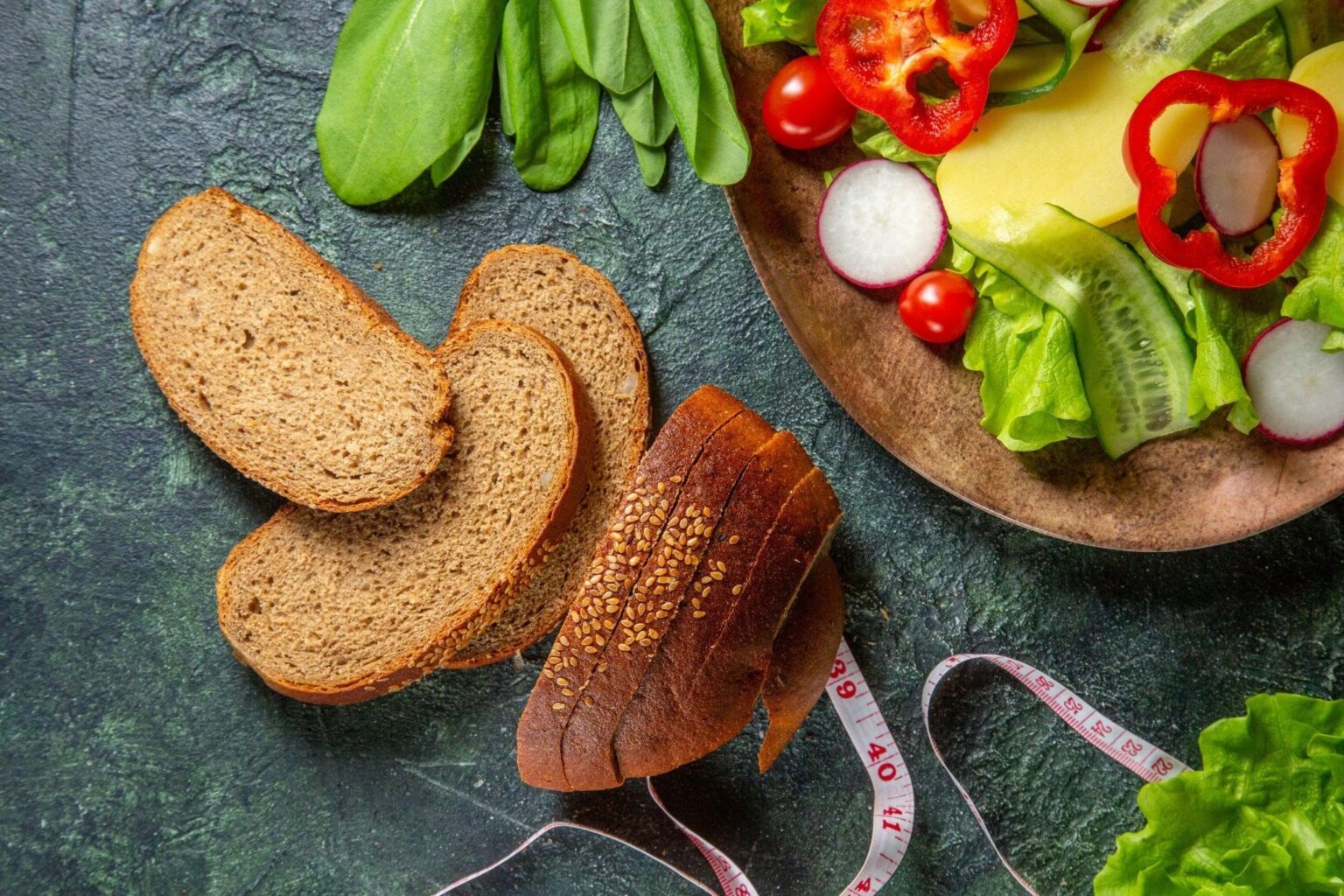
Health-Conscious Bread: A Guide to Choosing Nutritious Loaves
In today’s fast-paced world, maintaining a healthy lifestyle is a priority for many. This extends to even the most basic of foods, including bread. Health-conscious individuals are now seeking bread options that not only satisfy their taste buds but also align with their nutritional goals. In this article, we’ll explore the world of health-conscious bread, delving into its benefits, ingredients to watch out for, and how to make the best choices for your well-being.
Introduction
Bread, a dietary staple for centuries, has undergone a remarkable transformation in recent years. As people become more health-conscious, bread manufacturers have responded with a variety of options that cater to different nutritional needs. But what exactly defines health-conscious bread, and how can you make informed choices?
The Evolution of Bread
Bread has come a long way from its simple origins. Ancient civilizations relied on basic ingredients like flour, water, and yeast to create loaves. However, modern production methods introduced refined flours and additives that contributed to the loss of essential nutrients.
What Makes Bread Health-Conscious?
At its core, health-conscious bread emphasizes ingredients that provide more nutritional value. Whole grains take center stage, bringing with them a plethora of vitamins, minerals, and dietary fiber. This not only aids digestion but also helps regulate blood sugar levels.
Understanding Whole Grains
Whole grains are a key component of health-conscious bread. Unlike refined grains, whole grains retain the bran and germ, which contain valuable nutrients. These grains offer a sustained release of energy, keeping you fuller for longer and supporting overall health.
Uncovering Hidden Additives
Not all bread labeled as “healthy” truly lives up to the name. Some products may contain hidden sugars, artificial additives, and preservatives. Reading labels is crucial to identify any undesirable components that may counteract the bread’s health benefits.
The Role of Fiber in Bread
Fiber is an essential dietary component often lacking in modern diets. Health-conscious bread rich in fiber supports digestive health, prevents constipation, and contributes to a lower risk of heart disease. It also imparts a satisfying texture to the bread.
Gluten-Free Alternatives
For individuals with gluten sensitivity or celiac disease, gluten-free health bread options are available. These alternatives are often crafted using a combination of flours like rice, almond, or chickpea, ensuring that everyone can enjoy a slice of healthy bread.
Artisanal vs. Commercial Health Breads
The choice between artisanal and commercial health breads can be daunting. While artisanal options may prioritize natural ingredients, commercial breads often focus on mass production. It’s essential to consider factors like ingredient quality and production methods.
The Impact of Processing on Nutrition
Processing plays a significant role in the nutritional profile of bread. Highly processed breads may lose essential nutrients during manufacturing. Opting for minimally processed varieties ensures that you’re getting the most out of your loaf.
Busting Myths about Health-Conscious Breads
There are many misconceptions surrounding health-conscious breads. From the idea that all brown bread is healthy to assuming that gluten-free always means nutritious, we’ll debunk these myths to help you make informed choices.
Reading Labels: A Guide to Smart Choices
Navigating the supermarket bread aisle can be overwhelming. Learning to decipher labels empowers you to choose bread that aligns with your health goals. Look for keywords like “whole grain,” “minimal additives,” and “high fiber.”
Making Health-Conscious Bread at Home
For those who enjoy baking, making health-conscious bread at home can be a rewarding experience. You have full control over the ingredients, ensuring your loaf is free from unwanted additives and tailored to your preferences.
Incorporating Health-Conscious Bread into Your Diet
Health-conscious bread can be a versatile addition to your diet. From hearty sandwiches to avocado toasts, the possibilities are endless. Experiment with different toppings and spreads to create nutritious and delicious meals.
The Future of Bread and Health
As consumers continue to prioritize health, the bread industry is likely to evolve further. This evolution might include innovative ingredients, improved production methods, and increased accessibility to high-quality health-conscious bread options.
Conclusion
Choosing health-conscious bread is a small yet impactful step toward a healthier lifestyle. By understanding the significance of whole grains, fiber, and reading labels, you can make choices that support your well-being. Whether you opt for artisanal creations or embark on homemade baking adventures, each slice can contribute to your journey of nourishment.
FAQs (Frequently Asked Questions)
- Is all brown bread considered healthy?
- Not necessarily. Brown color doesn’t always indicate whole grains. Read the label to ensure it’s made from whole grains.
- Are gluten-free breads always a better choice?
- Gluten-free doesn’t automatically mean healthier. Look for gluten-free options with nutrient-rich ingredients.
- Can I find health-conscious bread in regular supermarkets?
- Yes, many supermarkets now offer dedicated sections for health-conscious and whole grain bread varieties.
- Are additives in bread always harmful?
- Not all additives are harmful, but it’s best to choose bread with minimal additives and recognizable ingredients.
- What’s the best way to store health-conscious bread?
- Store bread in a cool, dry place or freeze slices for longer shelf life. Avoid storing in the fridge to prevent staling.







